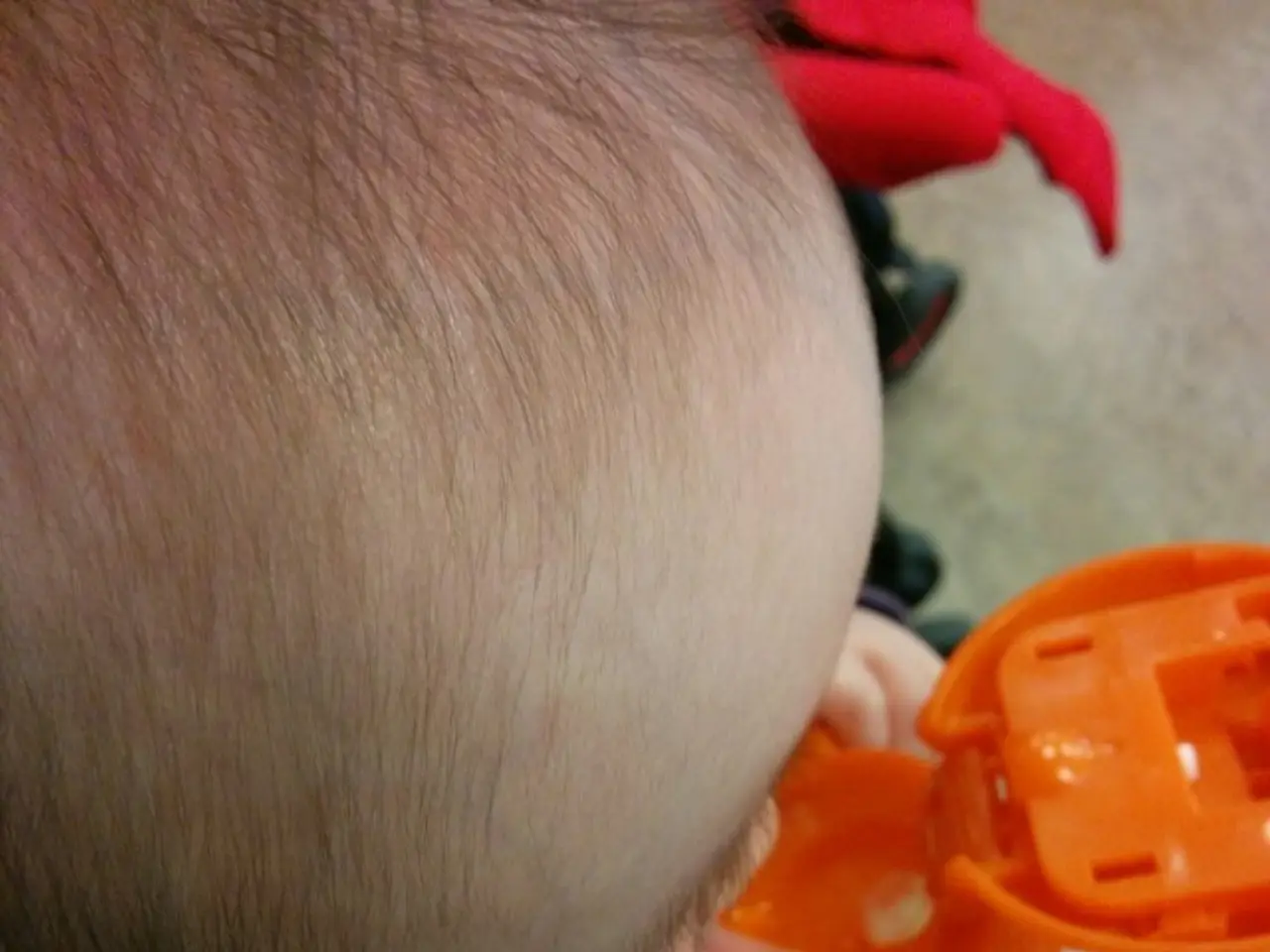Guide to Making Beach Time Cozy for Your Toddlers: In-Depth Wetsuit Insights
Ensuring Beach Safety and Comfort for Toddlers: Choosing the Right Wetsuit
The beach can be an enchanting playground for toddlers, a place where they can grow, play, and create memories with their families. However, the beach environment can be unpredictable, and toddlers, with their sensitive skin and fewer body mechanisms for retaining heat, require special consideration. One essential item that can make a significant difference in a toddler's beach experience is a well-chosen wetsuit.
When purchasing a toddler wetsuit, the quality versus price ratio is crucial. A wetsuit that offers comfort, sun protection, buoyancy support, and durability may seem more expensive upfront, but it can prove to be more economical in the long run.
Material and Insulation
Neoprene, a synthetic rubber, is a common material for wetsuits due to its ability to provide warmth and flexibility. A wetsuit made of neoprene helps keep toddlers warm in cooler water and reduces the risk of hypothermia.
Sun Protection
Look for wetsuits that offer built-in UPF 50+ sun protection to shield toddlers from harmful UV rays during extended outdoor water play. This feature can allow for more extended periods of playtime in the sun without the risk of sunburn.
Fit and Freedom of Movement
The wetsuit should fit snugly but comfortably, allowing toddlers full freedom to move their arms and legs for swimming and playing naturally. A properly fitting wetsuit is essential for keeping a toddler warm, safe from the sun's UV rays, and protected from scrapes at the beach.
Buoyancy Support
Some toddler wetsuits or swim vests include built-in, puncture-proof floats or removable float bars for extra buoyancy and peace of mind. However, they are not substitutes for adult supervision or life jackets.
Safety Certification
Choose products that meet recognized safety standards such as EU CE Certification or CE European standard EN 13138-1:2014, indicating tested safety and buoyancy performance.
Durability and Easy Care
Materials resistant to chlorine, sand, wind, and punctures enhance longevity and convenience for repeated beach use. Additionally, features such as zipper openings facilitate easy dressing, and quick-drying fabrics improve comfort when moving in and out of water.
Additional Features
Additional features such as knee pads for durability and thermal linings for extra warmth can make a toddler wetsuit more efficient in different scenarios.
Choosing the Perfect Wetsuit
Beyond selecting a wetsuit, continuous adult supervision, use of US Coast Guard-approved life jackets when appropriate, awareness of swimming hazards like currents, drop-offs, and water temperature, and ensuring a designated water watcher are critical for toddler water safety at the beach.
A comfortable and well-protected toddler will enjoy the beach more, leading to enjoyable family moments without concerns about discomfort or safety issues. For toddlers sensitive to the sensation of wearing a suit, choose a wetsuit with a soft, non-abrasive lining.
Paying a bit more for a high-quality wetsuit from a well-known brand can make a big difference in your child's beach activities. Choosing a wetsuit with an age-appropriate design that appeals to children can encourage a toddler to wear it more willingly and comfortably.
A properly fitting toddler wetsuit is essential for keeping a toddler warm, safe from the sun's UV rays, and protected from scrapes at the beach. A wetsuit that is too large will not keep a child warm since it allows too much water in. The fit of a toddler wetsuit should be close to prevent excess water circulation but not so tight as to inhibit motion or cause discomfort.
Combining a UV-protective wetsuit with broad-spectrum sunscreen can substantially eliminate the risk of sun damage for a toddler. The appropriate toddler wetsuit should be chosen based on aspects like material, fit, protection, design, and durability.
A toddler wetsuit is not a flotation device, and supervision is essential when near water. Neoprene is the most common material used in wetsuits due to its durability, flexibility, and ability to insulate with a thin layer of water heated by body warmth. A toddler wetsuit should be easy to clean and dry for convenient maintenance.
A high-quality toddler wetsuit, often made from neoprene, provides insulation and sun protection, ensuring warmth in cooler water and shielding toddlers from harmful UV rays. Besides its role in beach comfort and safety, a well-designed wetsuit may include features such as built-in floats or removable float bars, providing additional buoyancy support, and soft, non-abrasive linings for toddlers sensitive to fabric sensations.




